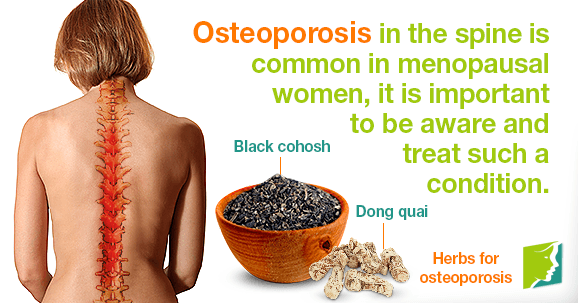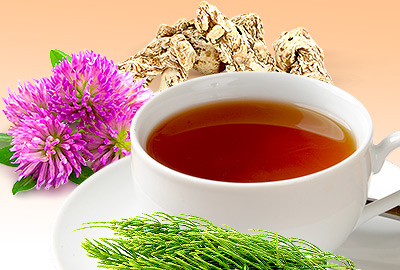Spine health is extremely important for movement, body support, control, and coordination. When its health is disturbed by a disease such as osteoporosis, it can interfere with mobility and even affect your central nervous system. This is because your spine has nerves that control every single organ, tissue, and cell in the body. Osteoporosis in the spine is common among menopausal women. It is important to be aware of the causes, symptoms, and treatments for such a condition, as it can pose a serious threat to your overall well-being.
Menopausal Causes
The majority of those affected by osteoporosis are menopausal or postmenopausal women. This is because during this time, estrogen levels dramatically decline. When estrogen levels are low, it causes a rapid decrease in bone density in the spine, since bone cannot be rebuilt fast enough to make up for the rate at which it is being broken down. For this reason, it is advised that all women over the age of 50 get tested for this disease.
Other Causes
Another main reason for the degeneration of the spine is a lack of certain vitamins and minerals. Vitamin D, vitamin K, and magnesium are all essential for proper absorption of calcium, which makes way for the building of the bone. Check out diets rich in calcium for osteoporosis.
Another factor is hyperthyroidism, since excess thyroid hormones in the body can weaken the bones over time. Inactivity, excessive alcohol, and smoking are also factors that can contribute to osteoporosis of the spine. In some cases, the condition is a matter of genetic predisposition, and therefore out of your control. Look at your family history to get a better idea if you're at risk.
How to Detect it
Since there are no visible signs or feelings of osteoporosis before it is too late, it is important to get tested if you are at risk for osteoporosis given the above factors. In fact, all menopausal women should be tested. Bone density can be recorded by a dual energy x-ray, which outputs a t-score. A healthy t-score is a reading greater than or equal to -1.0. A reading for an osteoporosis patient is a t-score less than -2.5. A score between these numbers constitutes osteopenia, a precursor to the more severe condition of osteoporosis.
Prevention
To start, it is important to ensure that you are getting adequate levels of calcium. Equally important is ample vitamin D, K, and magnesium because calcium cannot be absorbed by the body without these nutrients. Further, make sure to exercise regularly. This will also help build and maintain bone strength. Get help from a physical therapist or specialized trainer for advice.
Herbs such as dong quai and black cohosh have special phytoestrogenic compounds that are received by estrogen receptors in the body. They perform estrogenic functions seamlessly and therefore can help rebuild bones during menopause. Your physician can guide you through the use of medicinal herbs for osteoporosis.
Do not take your spine or bone health for granted. If you have already or there is a chance you will develop osteoporosis in the spine, it is extremely important for you to take positive action as soon as possible. While it can be scary initially, as you learn how to approach the issue, you can regain strength and protect this sensitive part of your body.
Sources
- National Institutes of Health. (2013). Osteoporosis. Retrieved May 8, 2014, from http://www.nlm.nih.gov/medlineplus/osteoporosis.html
- University of Maryland Medical Center. (2011). Black cohosh. Retrieved May 8, 2014, from https://umm.edu/health/medical/altmed/herb/black-cohosh
- University of Maryland Medical Center. (2013). Osteoporosis. Retrieved May 8, 2014, from http://umm.edu/health/medical/reports/articles/osteoporosis




